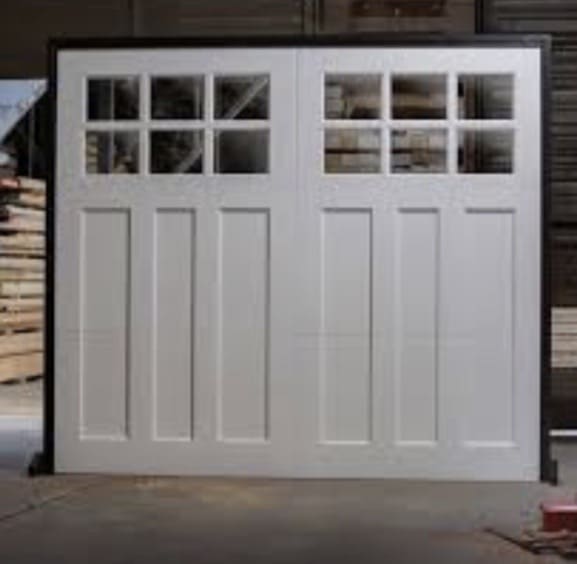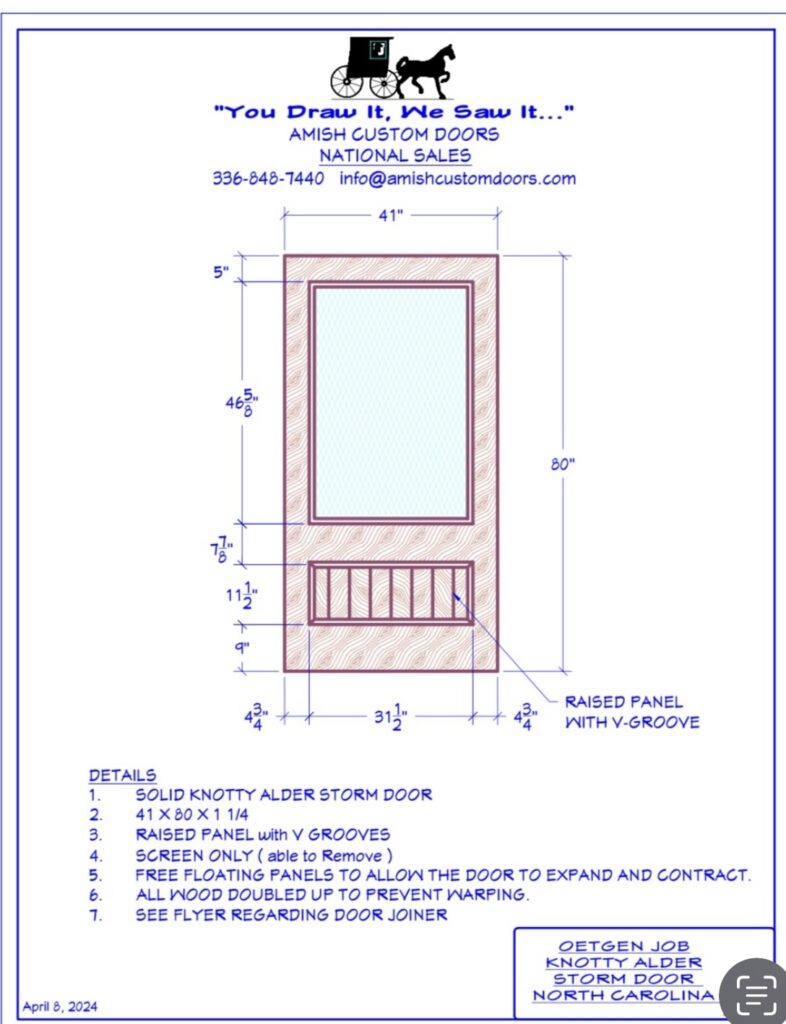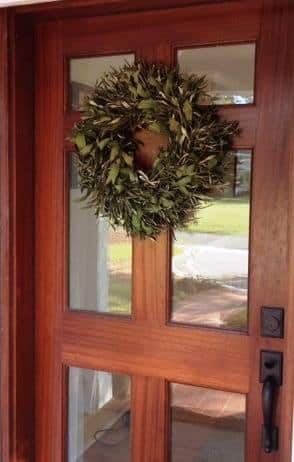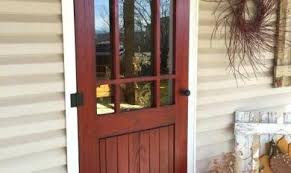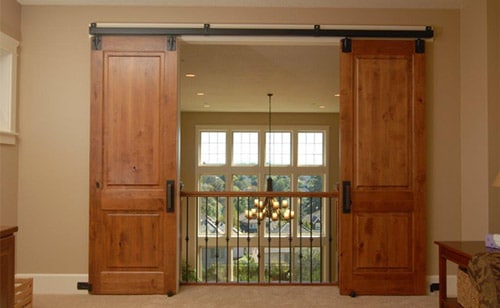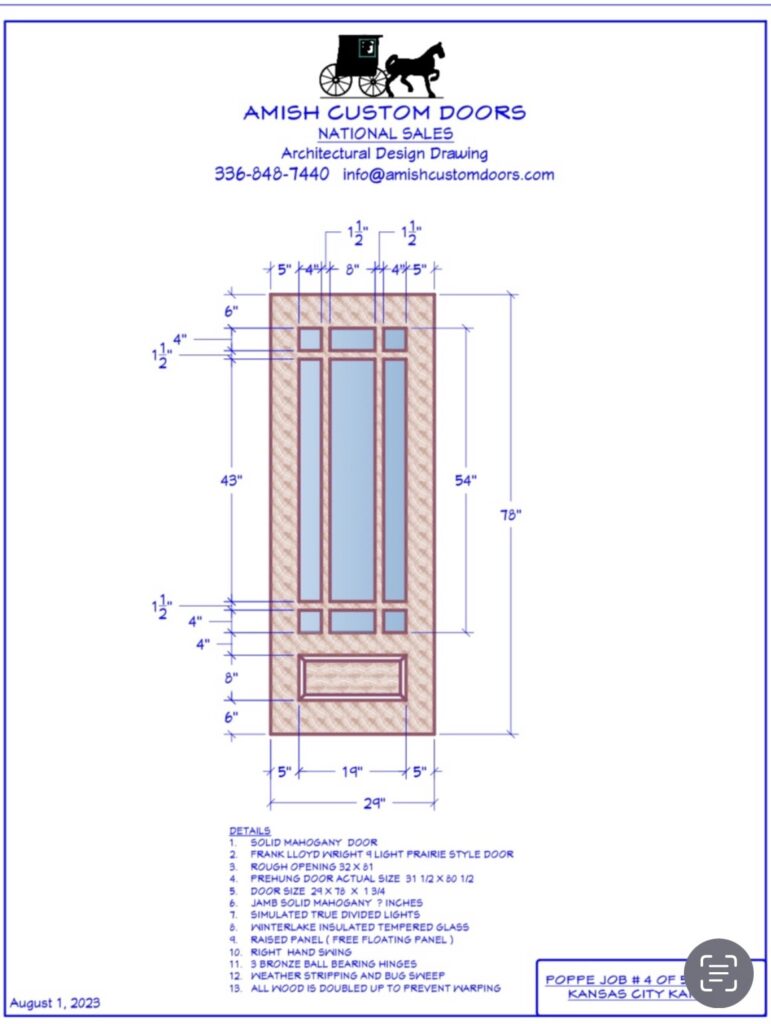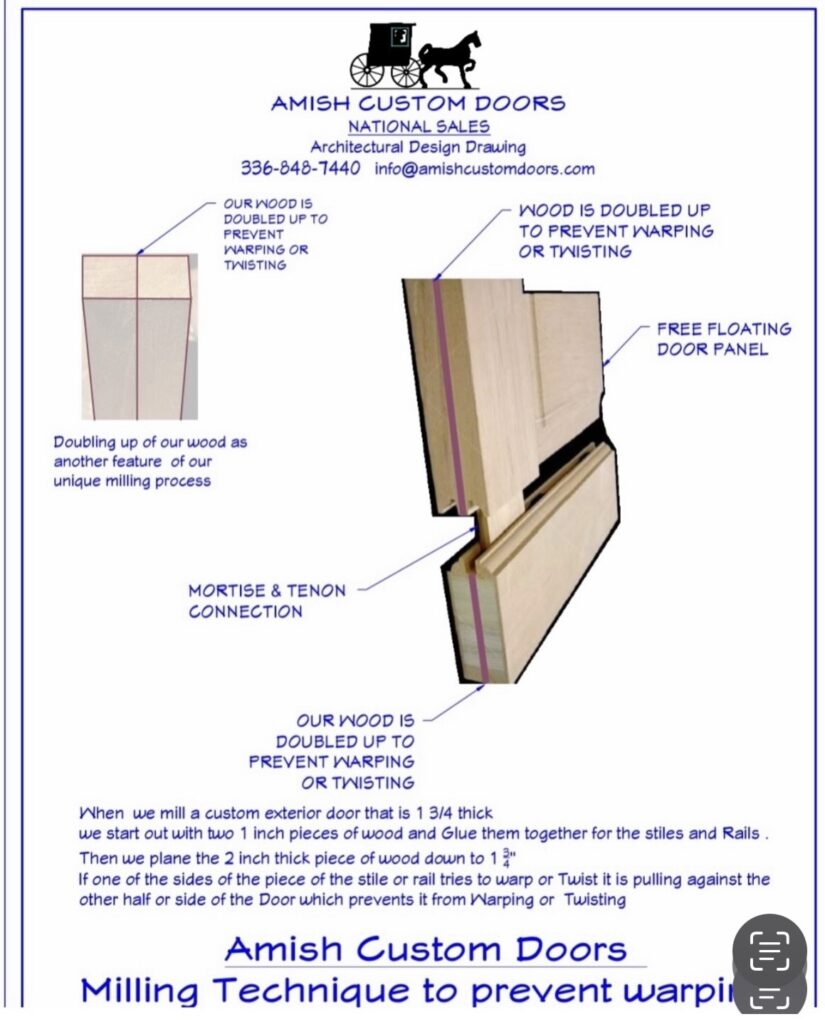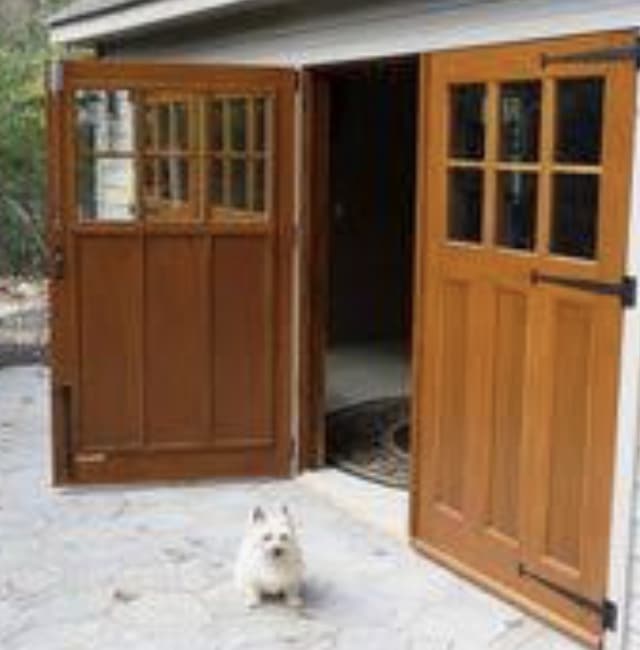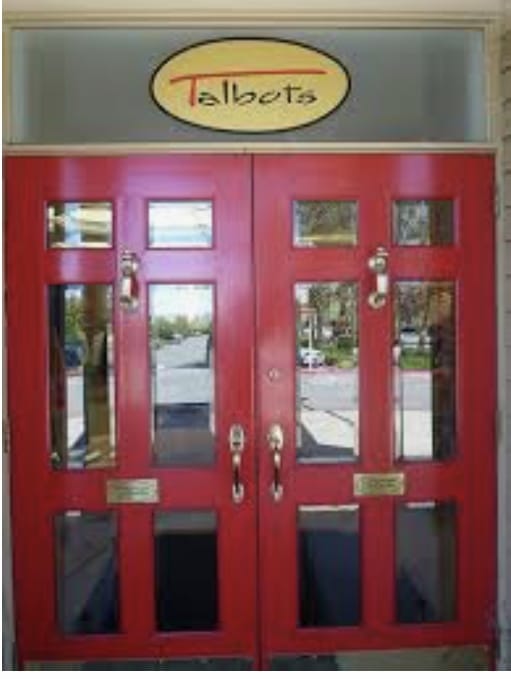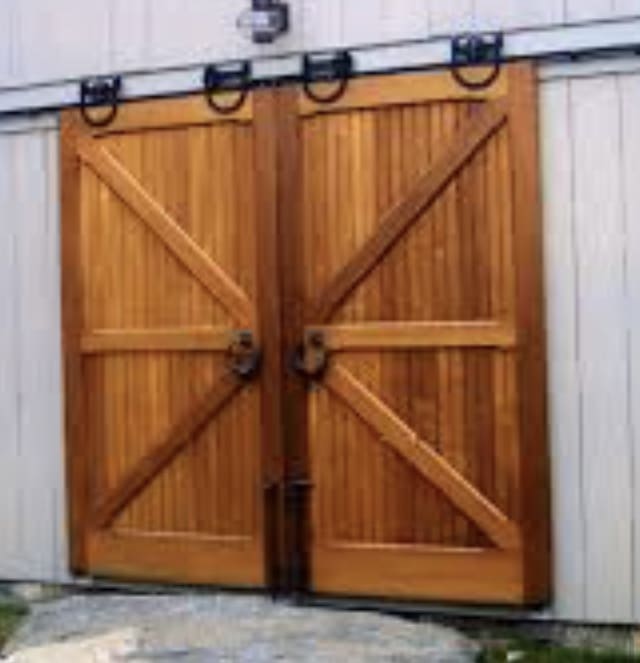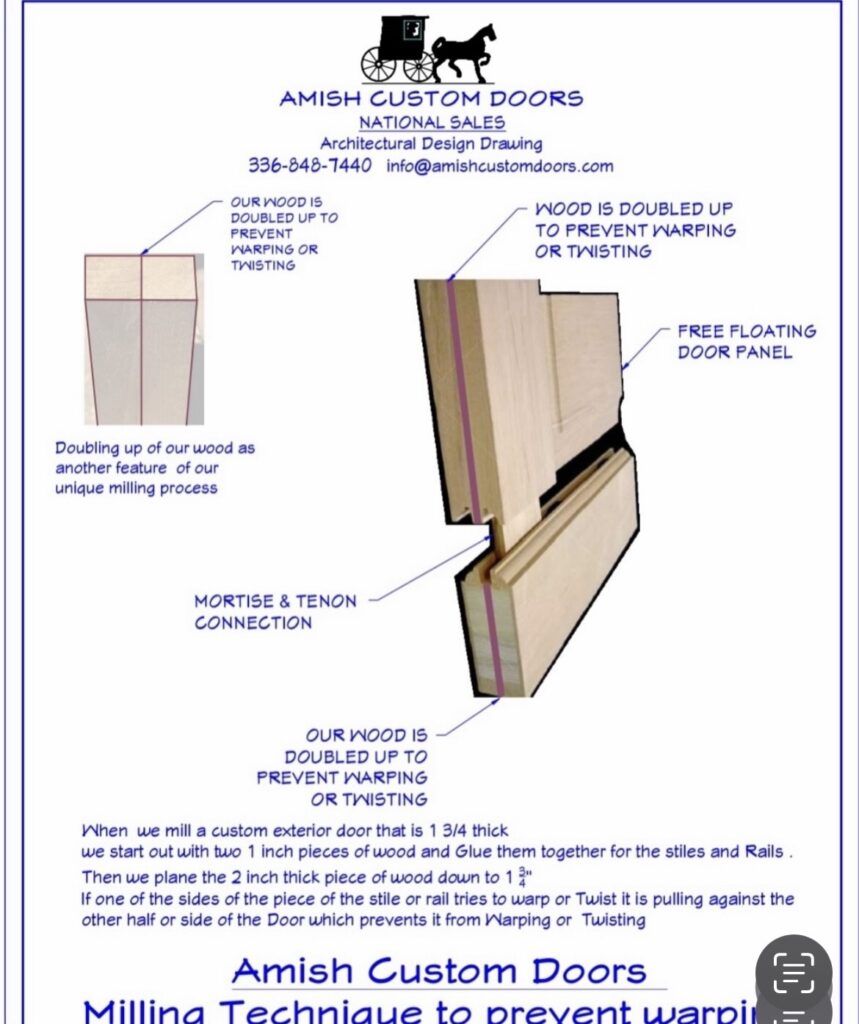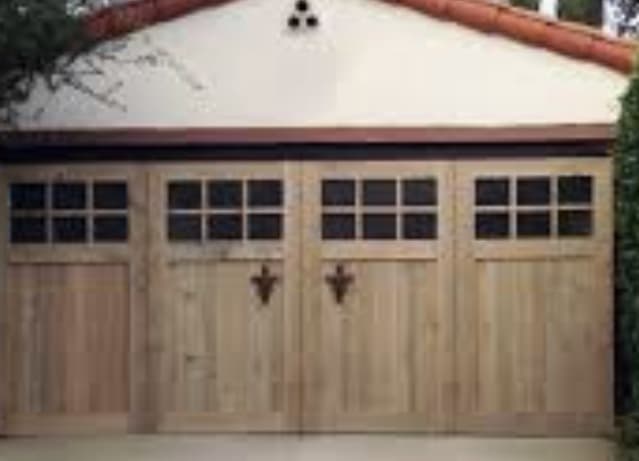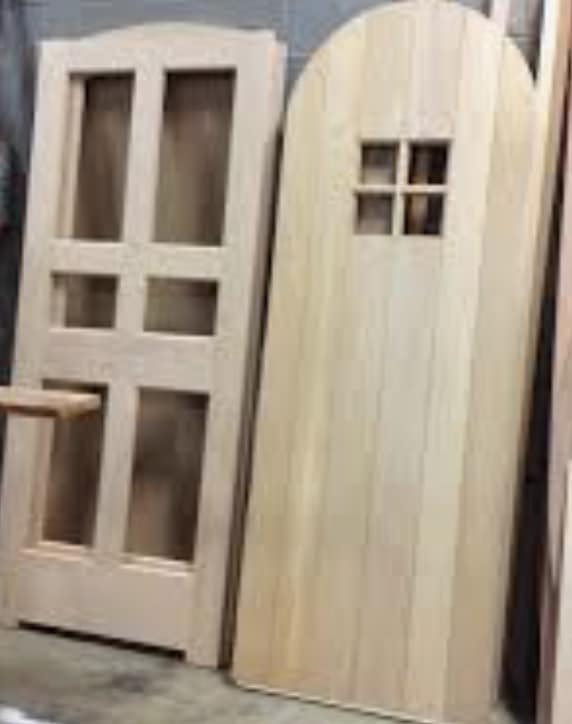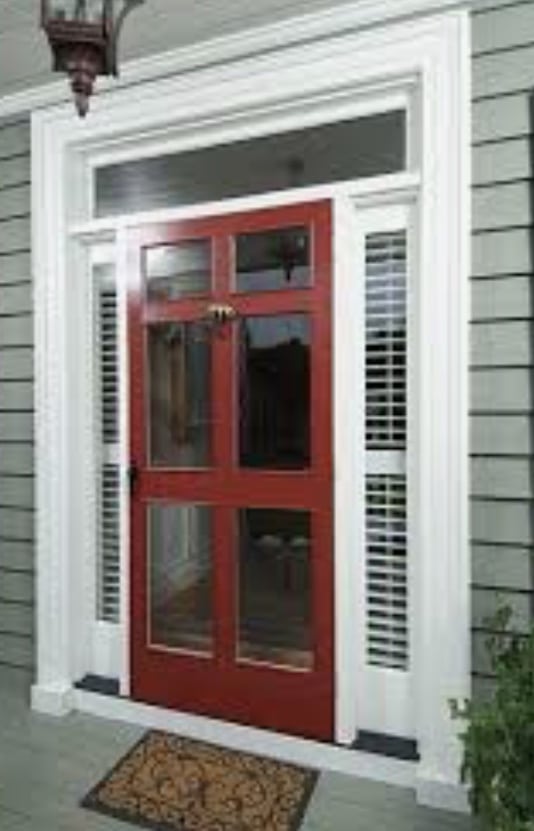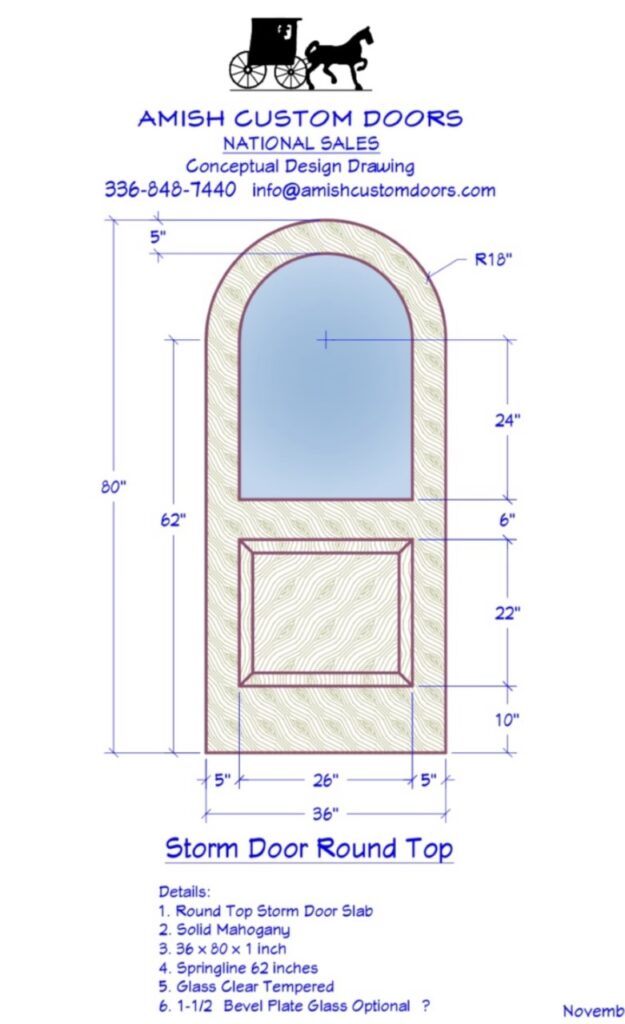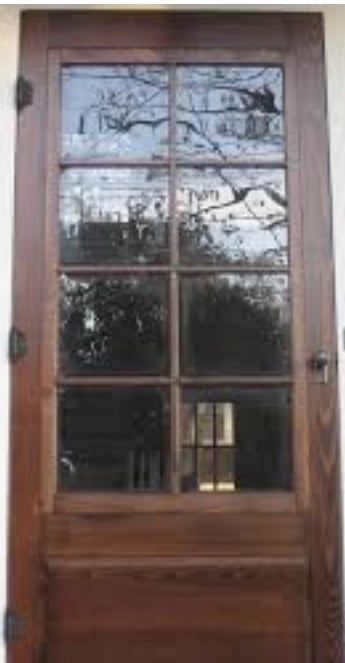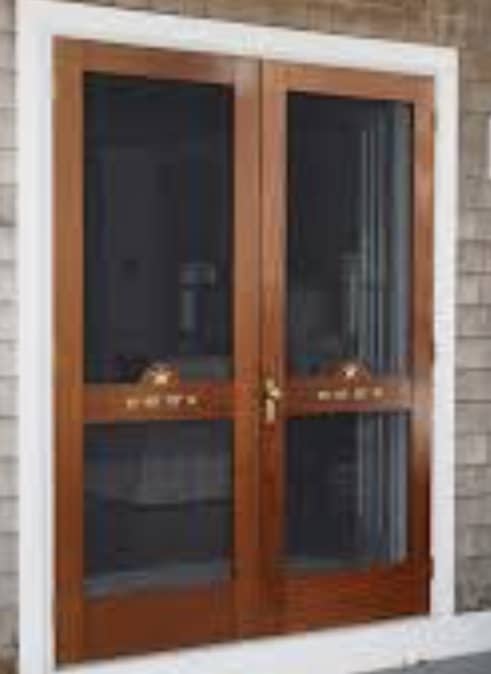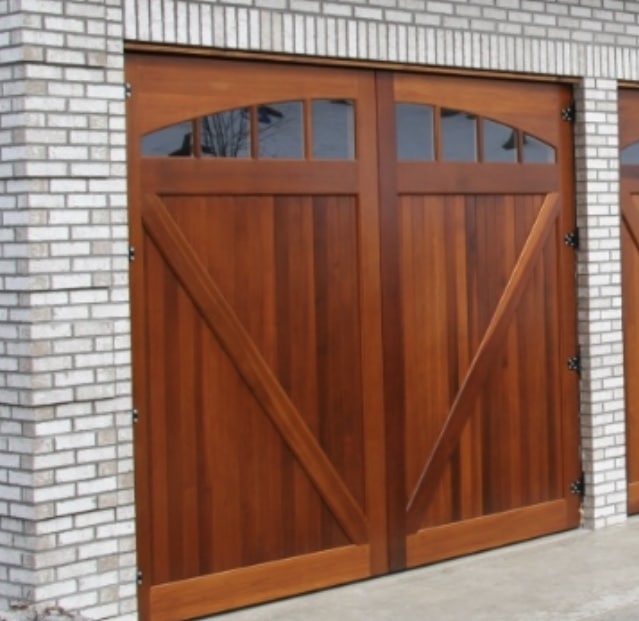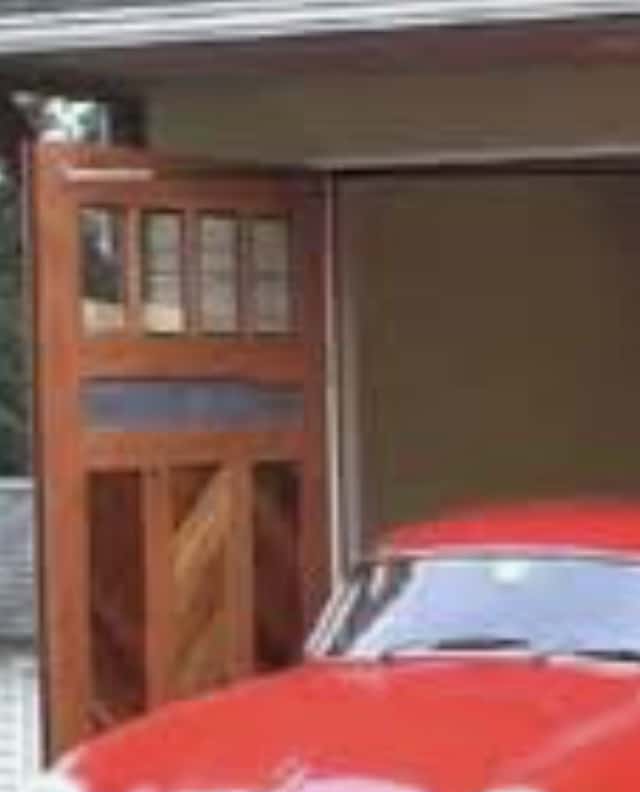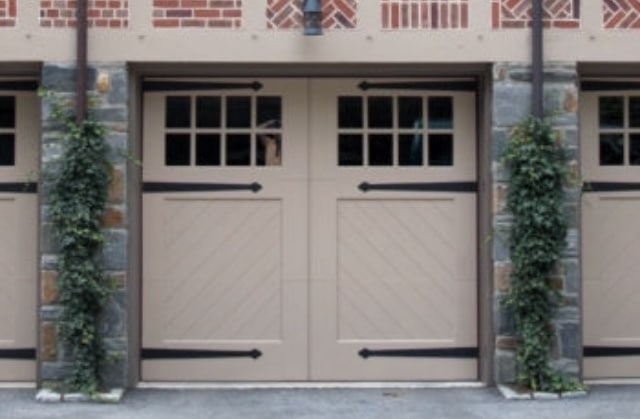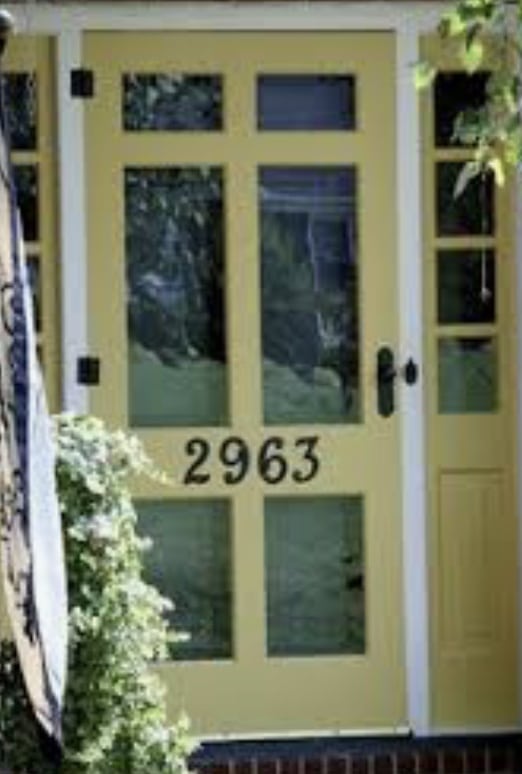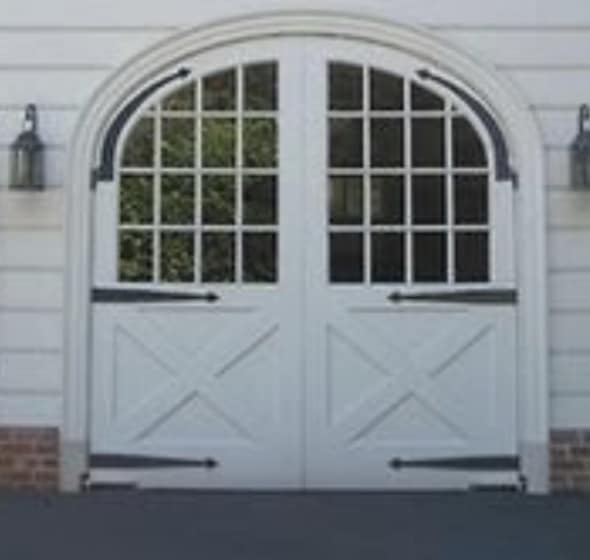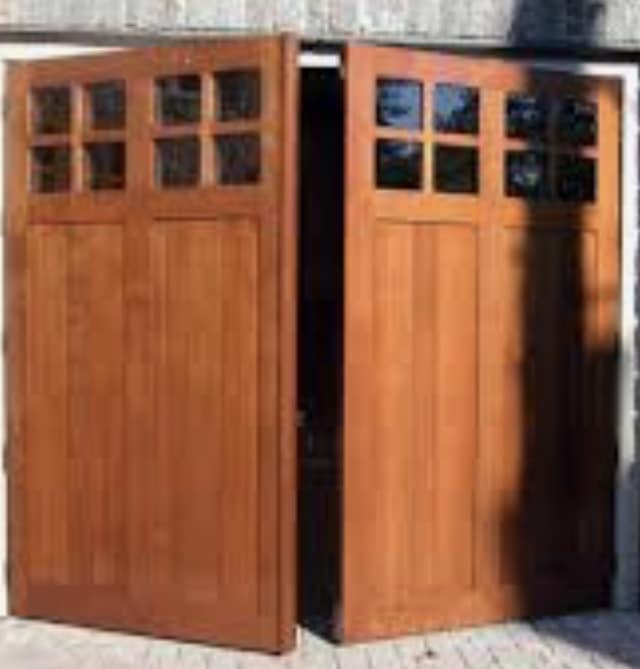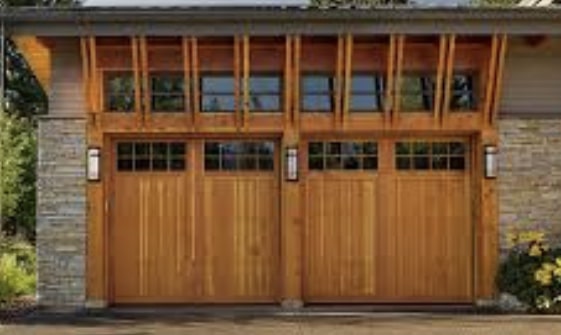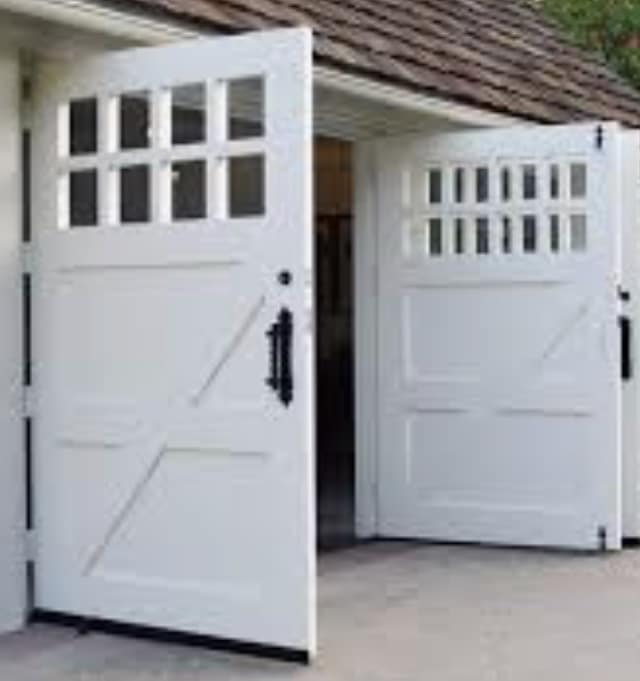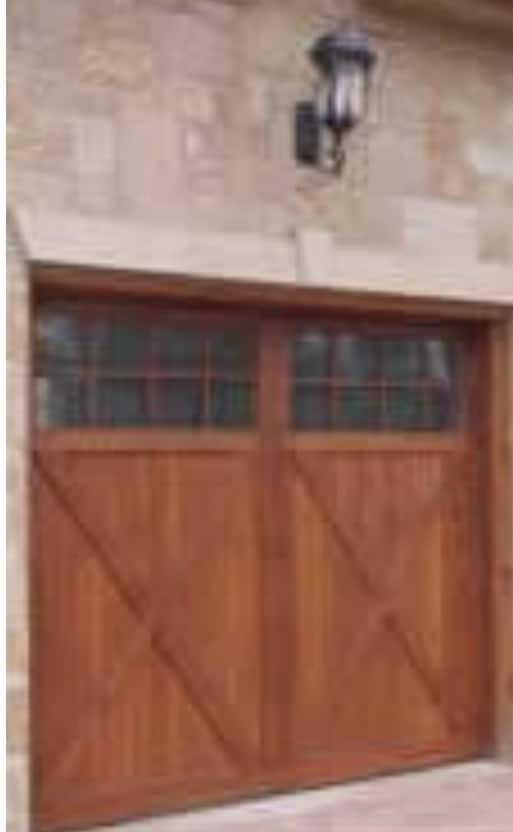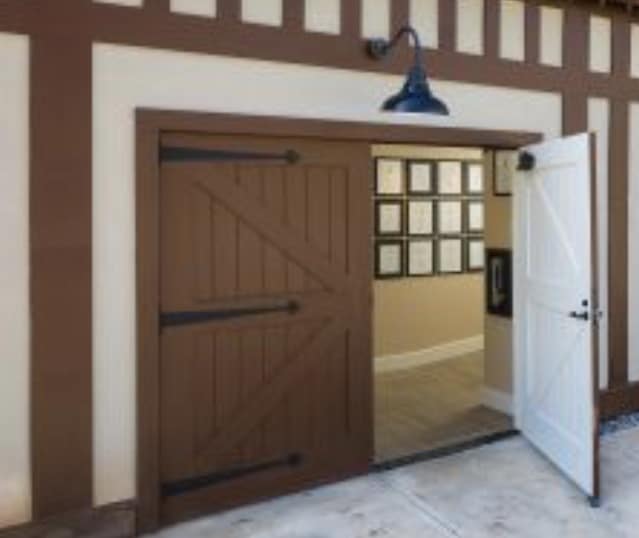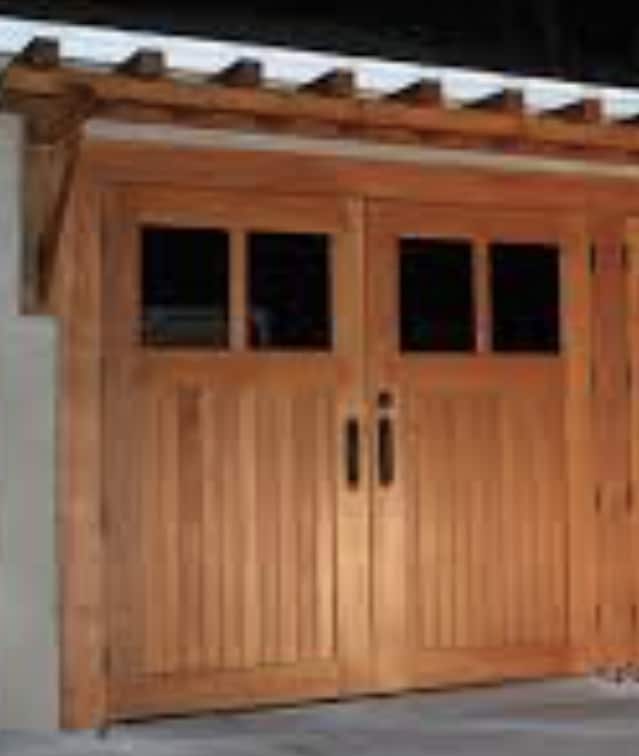- Home
- Interior Doors
- Solid Wood/Slab Doors
Solid Wood & Slab Interior Doors
Transform your spaces with Solid Wood/Slab Doors crafted by Amish Custom Doors. With timeless designs and unparalleled craftsmanship, our doors are tailored to suit any aesthetic or functionality requirement. Whether you’re looking for a minimalist flat slab or decorative solid wood options, we custom-mill every door to your exact specifications.
Using only premium materials such as mahogany, knotty alder, white oak, and other hardwoods, we ensure durability, style, and flawless execution. Let us bring your concept to life with handcrafted doors designed to enhance your home or commercial space.
Features include:
- Custom Sizes: From standard to oversized, designed for seamless integration.
- Premium Materials: Hand-selected hardwoods like mahogany, white oak, and knotty alder.
- Flat and Raised Panels: Choose between classic flat slabs or detailed raised panel designs.
- Decorative Accents: Options include true divided lights, glass panels, and hand-forged iron details.
- Prehung Options: Simplifies installation for a perfect fit.
- Durable Construction: Free-floating panels to prevent warping or cracking.
- Custom Finishes: Available in stain-grade, paint-grade, or distressed finishes.
Benefits include:
- Timeless Aesthetic: Complements both modern and traditional interiors.
- Superior Durability: Handcrafted solid wood construction built to last.
- Increased Property Value: Enhances the luxury and market value of your space.
- Sound Reduction: Solid doors reduce noise between rooms.
- Eco-Friendly Craftsmanship: Sustainably sourced materials and minimal waste production.
- Nationwide Shipping: Professionally crated and delivered anywhere in the U.S.
Whether you’re designing a sleek modern interior or a rustic statement piece, our Solid Wood/Slab Doors provide unmatched quality and attention to detail. Each door is milled in the old-world tradition by skilled Amish craftsmen—ensuring a unique and authentic product every time.
For a quote or to place an order:
Send a concept picture, drawing with dimensions, wood species, and a description of your project.
Call or Text: 1 336 848 7440
Email: info@amishcustomdoors.com
Let us help you create the custom doors of your dreams—because at Amish Custom Doors, “You Draw It, We Saw It!”
Need a New Door? Let's Talk!
Just a Few Types of Solid Wood/Slab Doors We Build:
- Solid Mahogany Slab Doors
- Custom Solid Wood Entry Doors
- Shaker Style Slab Doors
- Raised Panel Slab Doors
- Flat Panel Solid Wood Doors
- White Oak Solid Wood Slab Doors
- Knotty Alder Rustic Slab Doors
- Contemporary Solid Wood Doors
- Modern Mahogany Slab Doors
- Prehung Solid Wood Slab Doors
- True Divided Light Solid Wood Doors
- Paint-Grade Solid Wood Slab Doors
- Stain-Grade Solid Wood Slab Doors
- Oversized Solid Wood Slab Doors
- Solid Wood Sliding Barn Doors
- Custom Arch Solid Wood Slab Doors
- Solid Wood Pivot Doors
- Commercial Solid Wood Slab Doors
- Custom Design Solid Wood Doors
- Hand-Carved Solid Wood Doors
Testimonials






